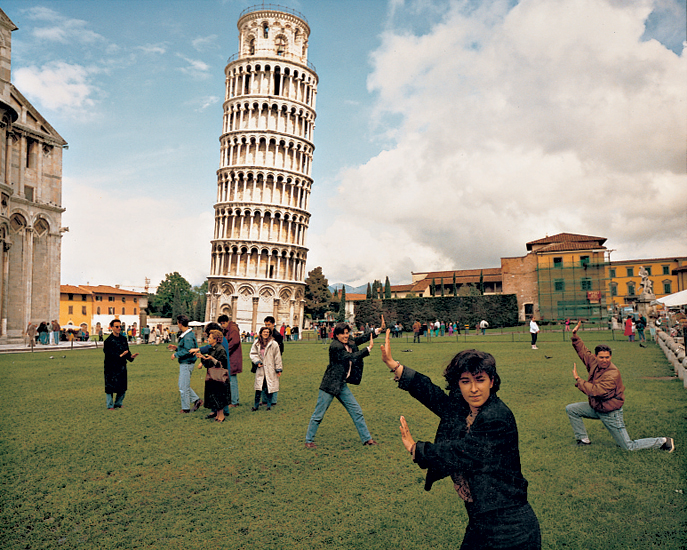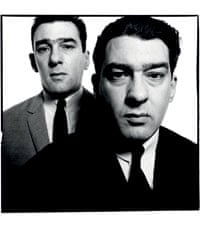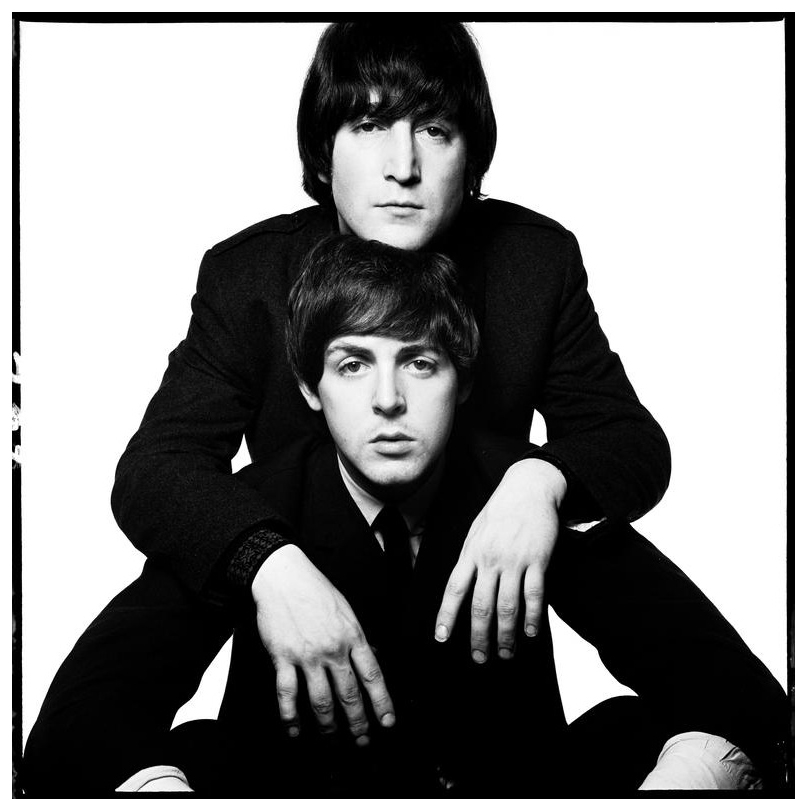Myths
creation of stereotypes by :
postcards / tourist brochures / landmarks
They show the glamorized version of the destination to attract tourists
Martin Parr
debunks myths
shows tourists responses to places
Small World (project) - tourists resorts
wider vision - society / culture / stereotypes
 |
| From the series Small World |
In this image Martin Parr is showing how the tourists all react in the same way, he is making a humorous comment about them.
Stereotypes
places: picturesque = inspiring to make you go there
aesthetic / nostalgia
advertising = tiny fragment of a whole
unchallenging
activities / sites of culture
Photographers used to send work back home
natural but different / exotic
painters were hired to show clients in exotic locations
people / natives add a charm element
ideological
"the grand tour"
particular view = an ideal view = not true
not showing realities of life = romantic images
happy peasants however farm life was difficult
Josie Bland
showing yourself in the location - there is a need to prove you have been
Egypt - real / run down / everyday life
Tourists Gaze
inf by magazines
Tourists visit places with preconceptions in their mind, they expect certain things, such as the world to be glamorous and exotic, they do not realise it is some peoples home and it is not exotic to them.
Thomas Gainsborough
painted aristocrats to show off the clients wealth and land

P H Emerson
pictures of east anglian life
documents similar to painters style

Frank Meadow Sutcliffe
Whitby - he photographs the local area because he did not have transport
He finds beauty in the everyday, local area he lives and works in

John Constable

Peter Kennard
reinterprets John Constable

Grief Tourism
ground zero / auschwitz - why do people go?
Anselm Kiefer - interprets land - makes a point
Christian Boltanski - holocaust - photogravure
Victor Burgin - playing on war myths / aware of society
Ron O'Donnell
- makes sculptures on statements
waterfall
consumerism
Karen Know
museums - who is it designed for?
why do we go?
Martin Parr
iconography / myths of british culture
shows the reality

Myths are created by the tourism industry in order to draw attention to that particular desination and attract tourists, this will bring profits into the destination.





